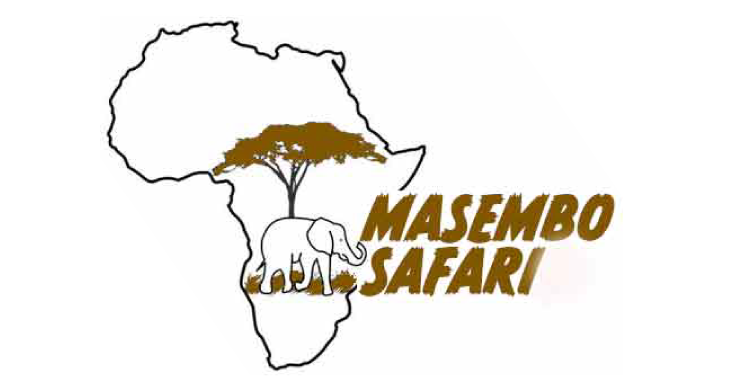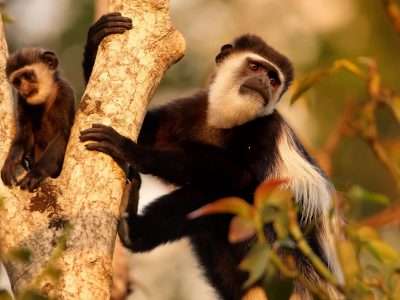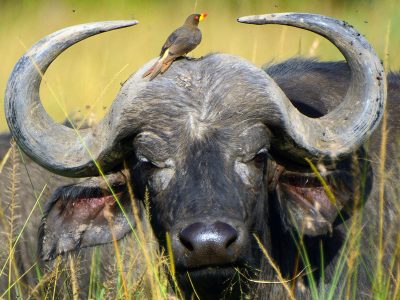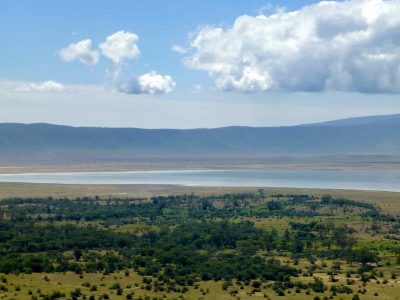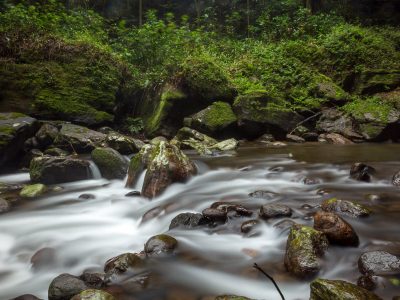Katavi National Park is the Tanzania’s third largest National Park, it lies in the remote southwest of the country, within a truncated arm of the Rift Valley that terminates in the shallow, brooding expanse of Lake Rukwa.The wilderness of Katavi National Park, located in the western area of Tanzania, is one of the most untouched areas in the entire country.
Katavi’s dramatic scenery is as varied as it is pristine. Flood plains of thick reeds and dense waterways are home to a huge population of hippos and varied birdlife. In the woodlands to the west, forest canopies shroud herds of Buffaloes and Elephants. Seasonal lakes fill with dirty colored water after the rains and animals from all corners of the park descend in them to drink. The park is also home to the rare Roan and Sable Antelope species, and it is a must-see for the visitors intending to explore the wilds of the continent.
WILDLIFE IN KATAVI
Katavi’s most singular wildlife spectacle is provided by its Hippos. Towards the end of the dry season, up to 200 individuals might flop together in any riverine pool of sufficient depth. And as more Hippos gather in one place, so does male rivalry heat up – bloody territorial fights are an everyday incident, with the vanquished male forced to lurk hapless on the open plains until it gathers sufficient confidence to mount another challenge.
Elephants live here in huge numbers (about 4000 in the park), there are large groups of Zebra, Giraffe, Hartebeest, Impala and other Antelope and impressive herds of Buffalo, sometimes numbering thousands. Several prides of Lion follow their prey around and Hyenas are common. Leopard are plentiful but as with everywhere, difficult to see.
WHY VISIT KATAVI NATIONAL PARK
- A true wilderness
- Almost all the mammals that are essential to East African plains are present in reasonable numbers
- An exceptional of rough natural beauty
- A great feeling of solitude because of the very small number of visitors
WHAT TO DO:
- Walking safaris
- Game Drives
- Camping safaris.
- Near Lake Katavi, visit the tamarind tree inhabited by the spirit of the legendary hunter Katabi (for whom the park is named) – Offerings are still left here by locals
GETTING THERE:
- Charter flights from Dar or Arusha
- Drive from Dar es Salaam or southern regions
BEST TIME TO VISIT
- Katavi National Park can be visited all year round. During the dry seasons (May to October and December to February), the animals congregate around the remaining water bodies and can be reached easily. During the wetter months, the extensive wetlands offer splendid scenery to adventurous visitors.
